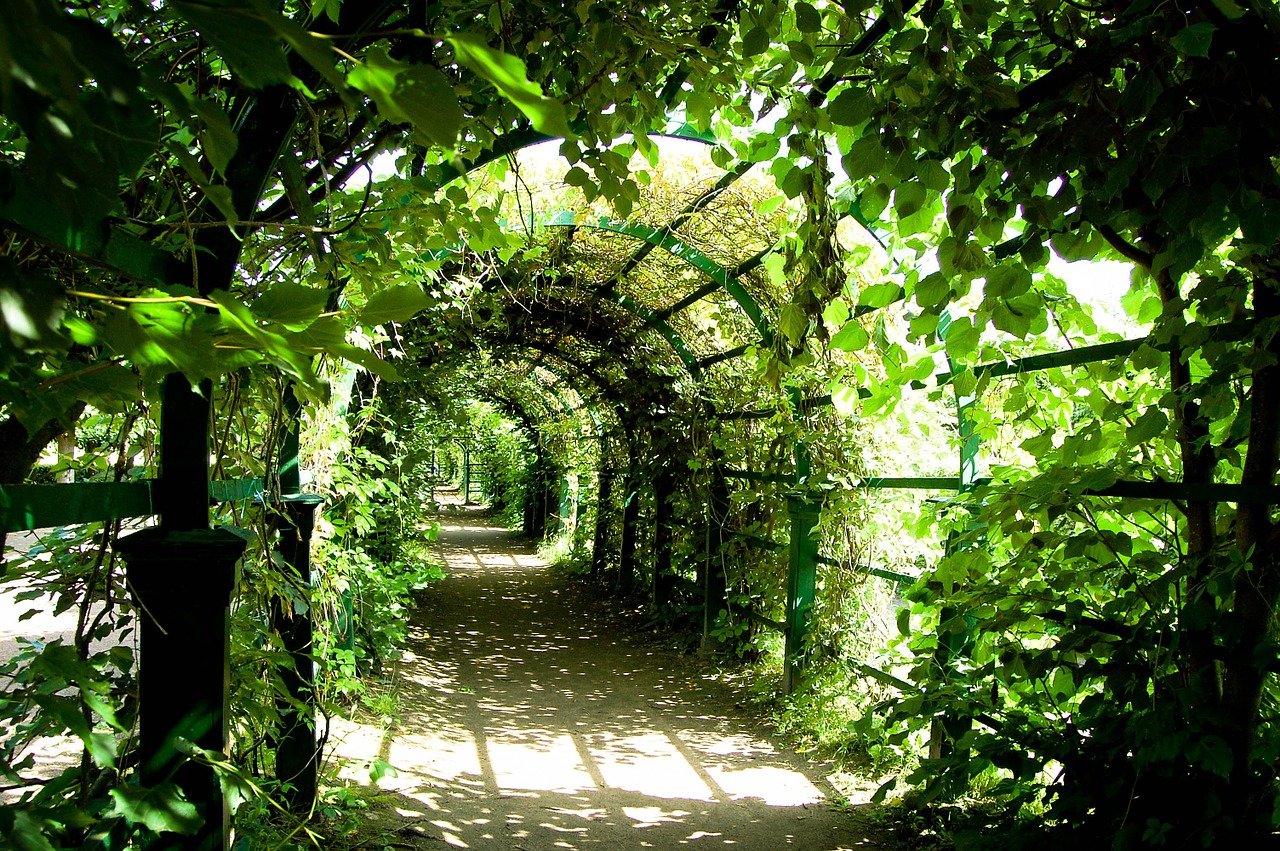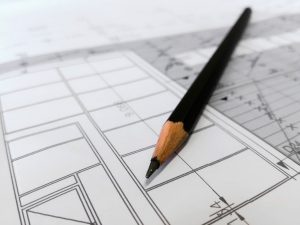The Best Examples of Green Architecture in South Africa
As we are faced with a global climate crisis, green living is becoming increasingly important. It is one of the best ways to create a more sustainable future for the generations to come. The reason is that green living impacts positively our environment by reducing the harmful toxins that pollute the environment. It makes us less reliable on non-renewable sources like fossil fuels for instance and introduces a sustainable way of existence that is easy to achieve and maintain.
South Africa is one of the countries which have fervently embraced the green lifestyle and has paved the way for many of the other states on the continent to do so as well. In this article, we are going to take a close look at some of the best examples of South African green architecture.
What Is Green Architecture?
A lot of you may be curious when you hear about green architecture. But what is it in essence? Green architecture is a way of creating and optimizing buildings while being cautious about the environment. It stresses on using renewable sources of energy, equipping new buildings with the relevant technology, and creating living or working spaces while attempting to reduce energy use.
Here are some of the features of a green building:
- Efficient use of natural resources
- Optimized solar energy use
- Built using sustainable materials
- Optimized waste management including recycling and reusing systems
- Etc.
The Best Examples of Green Architecture in South Africa
South Africa has spearheaded the concept of green architecture. Many examples showcase the country’s readiness to accept a greener lifestyle and change the environmental circumstances we live in. Without further ado, we invite you to dive deeper into some of the best examples of green architecture in South Africa.
Building Affordable Homes for the Financially Challenged: The Sandbag Houses, Freedom Park, Cape Town, South Africa, Architect: MMA Architects
You thought energy-efficient solutions were for the rich only? Well, this is definitely not the case. The Sandbag Houses were built in a squatter area on the outskirts of Cape Town. The goal was to tackle the humanitarian crisis and introduce affordable living to families within the area.
This very interesting project dates as far back as 2007 and is authored by Design Indaba, a South Africa-based design organization. They wanted to build simple, energy-efficient homes for the low-income families inhabiting a squatter area near Cape Town. The project began with 10 pilot homes created using a basic mud-and-wattle technique, which is very cheap, highly energy-saving, and requires no skilled labour.
Sustainable Teaching: Vissershok School, Durbanville, South Africa, Architect: Tsai Design
One of the best ways to introduce an environment-conscious way of life is to teach the young generations by example, and this is precisely what the Tsai Design architects tried to do at Vissershok School in Durbanville.
The compact building is constructed from recycled shipping containers. It works like a classroom in the mornings. In the afternoons, it turns into a library. There is stepped seating so that children to eat their lunch inside. In addition, it allows them to hold school assemblies within the building because it acts as an amphitheatre.
Although Vissershok School was created on a very limited budget, the construction is highly energy-efficient. There is a huge roof to shelter the container from sunlight, and a gap to facilitate ventilation and reduce heat gain. The windows are also located in a manner that allows for cross ventilation. Additionally, the project features a green wall to shield the yard from the southwest wind. It also acts as a vegetable garden. Here is a short video presentation of the concept:
Affordable, Customizable Living: Ecomo Homes, Franschhoek, South Africa, Architect: Pietro Russo – Ecomo
The Ecomo Homes in South Africa are an excellent solution for everyone who wishes to live sustainably on a budget. They are very affordable featuring readily available and cheap materials, which are also great for achieving energy efficiency. To minimize waste, the Ecomo Homes are built in a South African factory and are then installed on-site. A great thing about them is that the square modular units are highly customizable. They allow different arrangements to serve all kinds of family living purposes.
Sustainable Working: The Africa Centre, KwaZulu-Natal, South Africa, Architect: East Coast Architects
The Africa Centre is a sustainable masterpiece located in the northern parts of KwaZulu-Natal. The project features a 15-metre water tower thermal stack to assist the natural ventilation. The open-plan offices allow maximum exposure to natural light. The compound is built mostly of local materials including eucalyptus poles and thatching laths. Natural water usage is also optimized by channelling stormwater into wetlands and using greywater to irrigate the garden areas. In addition, the entire sewerage is performed on-site.
Environmental-Friendly Tourism: The Woodlands Spa and Forum, Homini Hotel, Cradle of Humankind, South Africa, Architect: Activate Architects
The Woodlands Spa and Forum of the Homini Hotel is a brilliant example of advancing sustainability in tourism. It fits perfectly into the surrounding wildlife to even allow small animals to graze on the rooftop. The gardens showcase indigenous plants, and the construction is built using reclaimed bricks.
Preserving Wildlife: The Karoo Wilderness Centre, South Africa, Architect: Field Architecture
Another masterpiece of sustainable architecture in South Africa is the Karoo Wilderness Centre. The compound has been excellently integrated into the local landscape and applies various solutions to achieve energy efficiency and preserve the environment. One of them is the rainwater capturing system, which allows maximum usage of natural water resources to ensure the Centre’s self-sustainability.
Conclusion
As you can see, South Africa is working hard to optimize the use of its natural resources and preserve the environment. The country implements a growing number of self-sustainable solutions for living, working, and leisure purposes that are locally sourced and highly affordable.
Read More →

